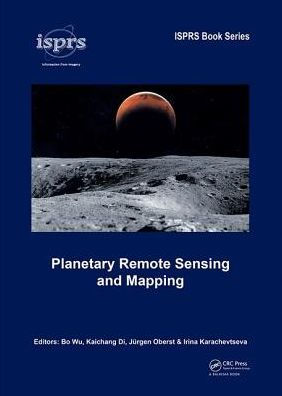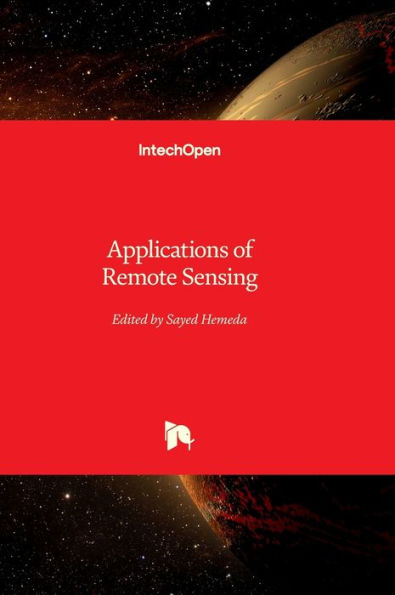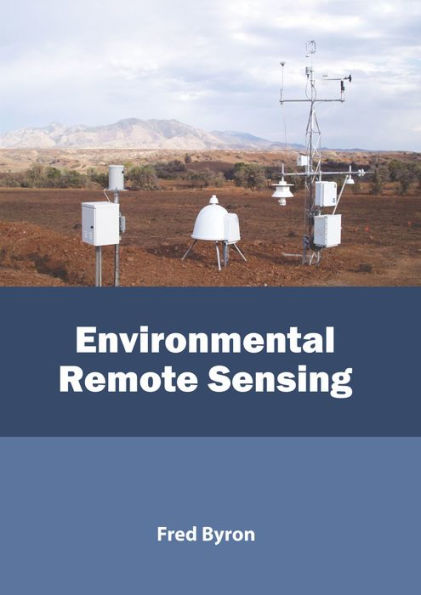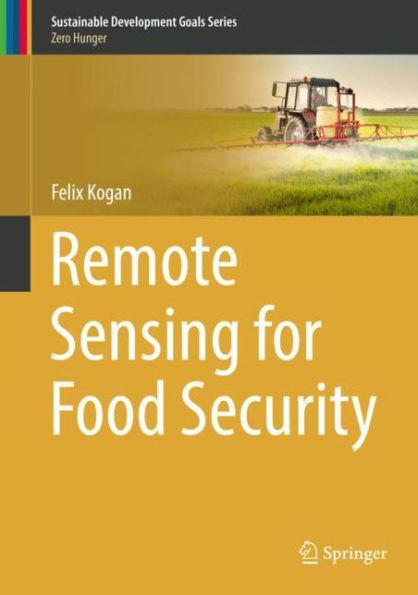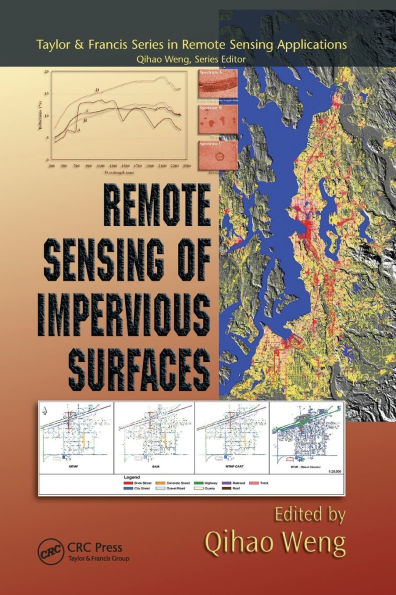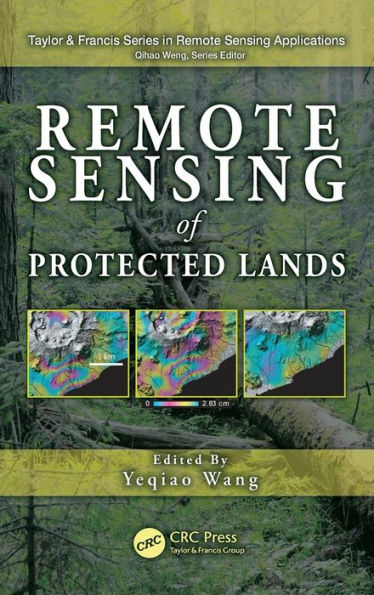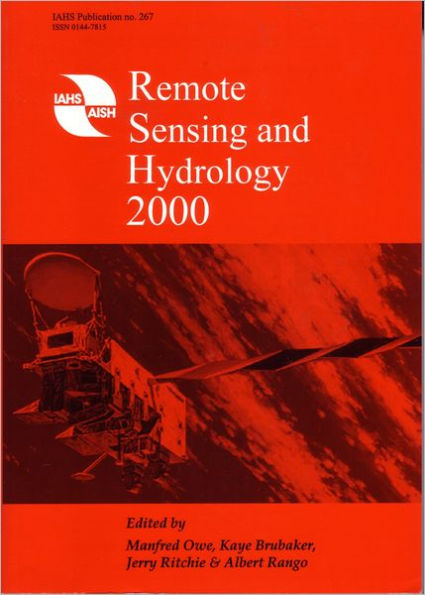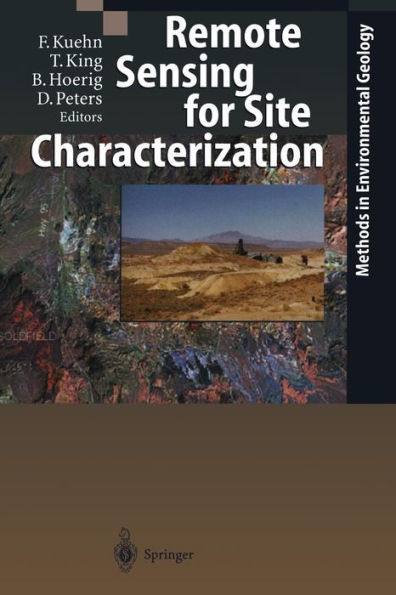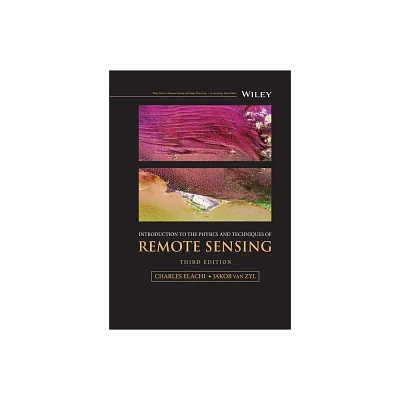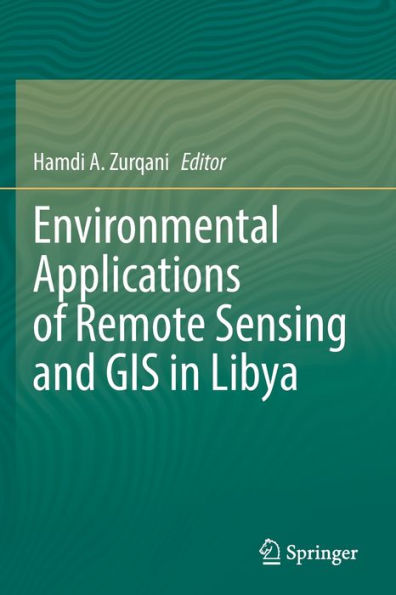Home
Multi-Sensor and Multi-Temporal Remote Sensing: Specific Single Class Mapping
Loading Inventory...
Barnes and Noble
Multi-Sensor and Multi-Temporal Remote Sensing: Specific Single Class Mapping
Current price: $115.00
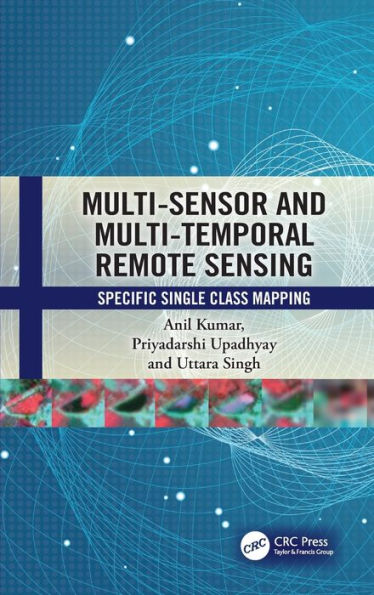

Barnes and Noble
Multi-Sensor and Multi-Temporal Remote Sensing: Specific Single Class Mapping
Current price: $115.00
Loading Inventory...
Size: Hardcover
*Product Information may vary - to confirm product availability, pricing, and additional information please contact Barnes and Noble
This book elaborates fuzzy machine and deep learning models for single class mapping from multi-sensor, multi-temporal remote sensing images while handling mixed pixels and noise. It also covers the ways of pre-processing and spectral dimensionality reduction of temporal data. Further, it discusses the ‘individual sample as mean’ training approach to handle heterogeneity within a class. The appendix section of the book includes case studies such as mapping crop type, forest species, and stubble burnt paddy fields.
Key features:
Focuses on use of multi-sensor, multi-temporal data while handling spectral overlap between classes
Discusses range of fuzzy/deep learning models capable to extract specific single class and separates noise
Describes pre-processing while using spectral, textural, CBSI indices, and back scatter coefficient/Radar Vegetation Index (RVI)
Discusses the role of training data to handle the heterogeneity within a class
Supports multi-sensor and multi-temporal data processing through in-house SMIC software
Includes case studies and practical applications for single class mapping
This book is intended for graduate/postgraduate students, research scholars, and professionals working in environmental, geography, computer sciences, remote sensing, geoinformatics, forestry, agriculture, post-disaster, urban transition studies, and other related areas.
Key features:
Focuses on use of multi-sensor, multi-temporal data while handling spectral overlap between classes
Discusses range of fuzzy/deep learning models capable to extract specific single class and separates noise
Describes pre-processing while using spectral, textural, CBSI indices, and back scatter coefficient/Radar Vegetation Index (RVI)
Discusses the role of training data to handle the heterogeneity within a class
Supports multi-sensor and multi-temporal data processing through in-house SMIC software
Includes case studies and practical applications for single class mapping
This book is intended for graduate/postgraduate students, research scholars, and professionals working in environmental, geography, computer sciences, remote sensing, geoinformatics, forestry, agriculture, post-disaster, urban transition studies, and other related areas.
